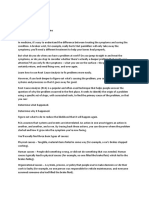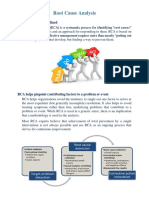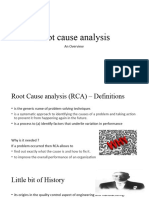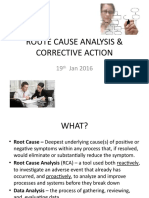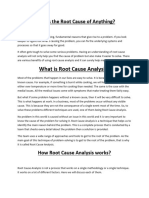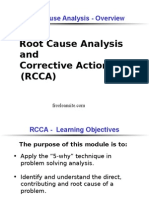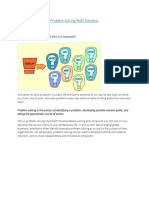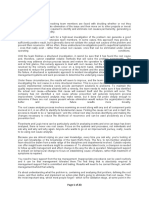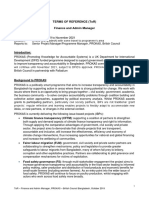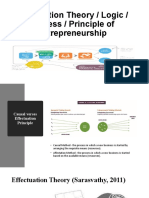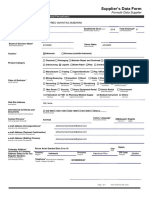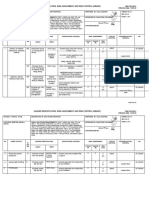0% found this document useful (0 votes)
47 views14 pagesUnit 4 Notes
Root Cause Analysis (RCA) is a systematic process aimed at identifying the underlying causes of problems to implement effective solutions and prevent recurrence. The RCA process involves defining the problem, collecting data, identifying causal factors, determining root causes, and recommending solutions. Techniques such as the 5 Whys, Fishbone diagrams, and the 8D methodology are commonly used to facilitate RCA and improve overall problem-solving capabilities.
Uploaded by
arjunthadukkasseryCopyright
© © All Rights Reserved
We take content rights seriously. If you suspect this is your content, claim it here.
Available Formats
Download as DOCX, PDF, TXT or read online on Scribd
0% found this document useful (0 votes)
47 views14 pagesUnit 4 Notes
Root Cause Analysis (RCA) is a systematic process aimed at identifying the underlying causes of problems to implement effective solutions and prevent recurrence. The RCA process involves defining the problem, collecting data, identifying causal factors, determining root causes, and recommending solutions. Techniques such as the 5 Whys, Fishbone diagrams, and the 8D methodology are commonly used to facilitate RCA and improve overall problem-solving capabilities.
Uploaded by
arjunthadukkasseryCopyright
© © All Rights Reserved
We take content rights seriously. If you suspect this is your content, claim it here.
Available Formats
Download as DOCX, PDF, TXT or read online on Scribd
/ 14











